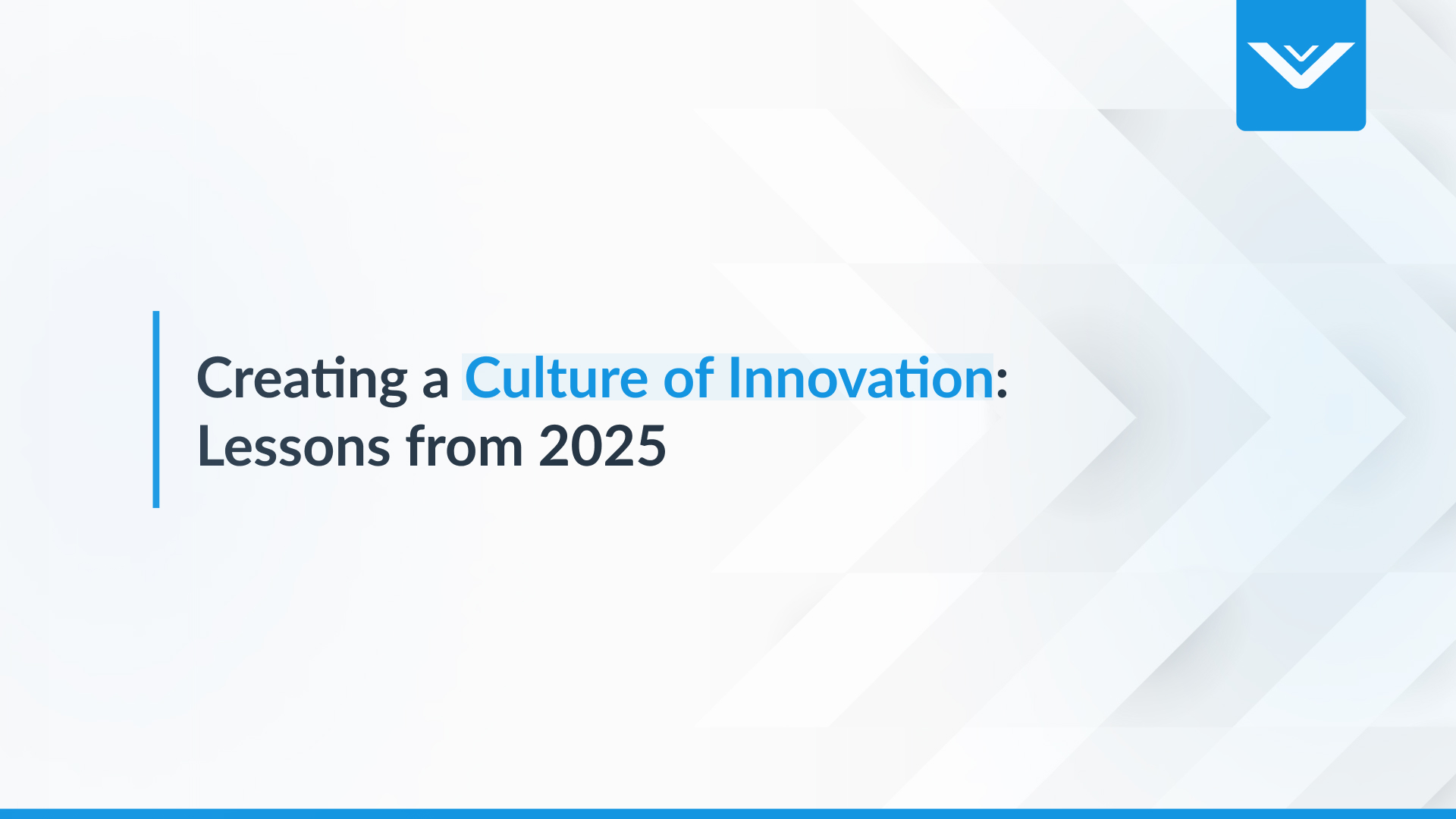

In most probable futures, business automation won't be that sexy or that scary—it will be a lot more boring, a lot less threatening, mostly transparent, or operating in the background.
Three Ways Automation Will Humanize The Workforce
Despite thousands of Hollywood depictions and millions of ongoing applications, automation remains a misunderstood and underappreciated phenomenon. Technology futurists sound like the radio executive who dismissed TV because "Why would anyone want to add pictures?" or Digital Equipment's Founder Ken Olsen, who declared, "There is no reason for any individual to have a computer in his home." Pop culture conceptions of future intelligent automation are dominated by sleek autonomous vehicles and devastating robot terminators.
In most probable futures, business automation won't be that sexy or that scary—it will be a lot more boring, a lot less threatening, mostly transparent, or operating in the background. By reviewing how technology has disrupted life in the past and is transforming our present, we get a great read on what the next decades will bring. The most significant impact will be how automation will step in to process menial and repetitive tasks, unleashing human capacity to design, beautify, and enjoy a better world.

Application Automation
Even though the technology behind automation is opaque to most users, the future interface of work and automation is increasingly apparent. Automation tools are beneficial in predictable or controlled environments with repetitive tasks, require computational calculations, or present unreasonable danger to human workers. Bomb disposal is an excellent example of desirable automation because it's better to send in a clumsy robot than even the most skilled explosives technician and risk human life. When designers combine high-definition sensory apparatus (cameras, environmental sensors, motion detectors) with artificial intelligence (facial recognition, pattern detection, virtual assistants), the result is a range of applications that are transforming hundreds of industries. For functions like package delivery, food production, and assisted driving, automation paired with AI creates near-autonomous devices that can detect and adjust to operating environment changes. As a result, automation strategy is forking into two classes of application: unattended automation, where devices and programs run reliably without human oversight or intervention, and attended automation (like laser eye surgery or computer assembly), where humans direct automated systems to take advantage of their superior precision, strength, or endurance. The growth of automation processes is driving demand for skilled designers, programmers, operators, and technicians. Just as the shift from manual textile fabrication to industrial production increased demand and expanded the workforce, industries that increase investment in automation increase quality, improve value, and recruit more expert workers. As industrial bosses once commanded legions of depersonalized human cogs in a corporate machine, modern managers will control and deploy a swarm of perceptive, adaptive automatons.
Re-Skill or Up-Skill
With more processes and devices to manage, workers in automating industries will have no choice but to re-skill or up-skill in response. Automation creates incentives such as reduced defects, improved consistency, and diminished personnel costs. All these factors make the ROI for using automation compelling. To capitalize on the opportunity, companies need a strategy and best practices to develop automation management skills across the workforce. Like systems thinking and root cause analysis, cognitive disciplines, along with the judgment to override automation, will become increasingly valuable. Despite the prominence of sensor input and fly-by-wire automation in modern airliners, Captain Sully Sullenberger is famous because he overrode the computer, "prematurely" started auxiliary power, and then landed an Airbus A320 on the Hudson River in a perfect position to minimize damage. That "Miracle" is an extreme case. Still, Sully's experience and judgment to take over control reflect the blend of intuition and experience that will be essential in a world where automated processes and equipment can accelerate both production and destruction.

Keeping Up with Laws and Ethics
Along with new management and maintenance skills to support automation, companies, and governments need to think carefully about the ethics and laws that will apply if an automated system harms a person or damages property. If an autonomous car causes an accident, is the owner, the seller, or the programmer responsible? Will automation change how companies calculate the risk, or might it change insurance actuaries? If an attended automation process causes personal injury or property damage, how much responsibility will the attendant bear? None of these questions are hypothetical or rhetorical. Systems that are already operating have caused cause harm, so prudent owners need to plan training and response systems to mitigate adverse outcomes. Ironically, the problems and questions that come with automation cannot be solved by anything other than human intelligence. Weighing values, determining acceptable risk, and administering justice still require human judgment and collaboration. Machines may be rising, but that only makes human contributions more important.
Where Are We Heading?
It will take years of innovation and application to know which tasks are best suited for automation and which automation types are worth releasing direct personal control. In industries like automotive assembly and medical diagnosis, we have already seen companies contract their automation efforts when they discovered that some tasks still need a human touch. Humans are competent laborers, calculators, and sensors. Still, as we hand off those responsibilities to automated systems, we won't quit working—we'll just be working on tasks that only humans can do. The future of automation will remain subject to human evaluation and analysis, so instead of replacing humanity, automation will call us to be less mechanical and more human than ever before.

Spread the word.
Thousands of subscribers receive our newsletter every week breaking down what's happening across the technology community.
Join them today.
Keep Reading
.jpg)
Topic-Focused Innovation Advisory Councils: Year-End Insights
We finished up our 2025 Innovation Advisory Council calendar with three insightful, topic-focused sessions that revealed both the urgency and the opportunity ahead as companies seek to modernize responsibly and create lasting value.


Creating a Culture of Innovation: Lessons from 2025
Creating a culture of innovation means staying curious, supporting teams through uncertainty, and continuously raising the bar for what’s possible. The technology will keep changing. The pace will keep accelerating. But organizations that invest in their people and cultivate the right culture will always find their next summit and the energy to climb it.


.jpg)
